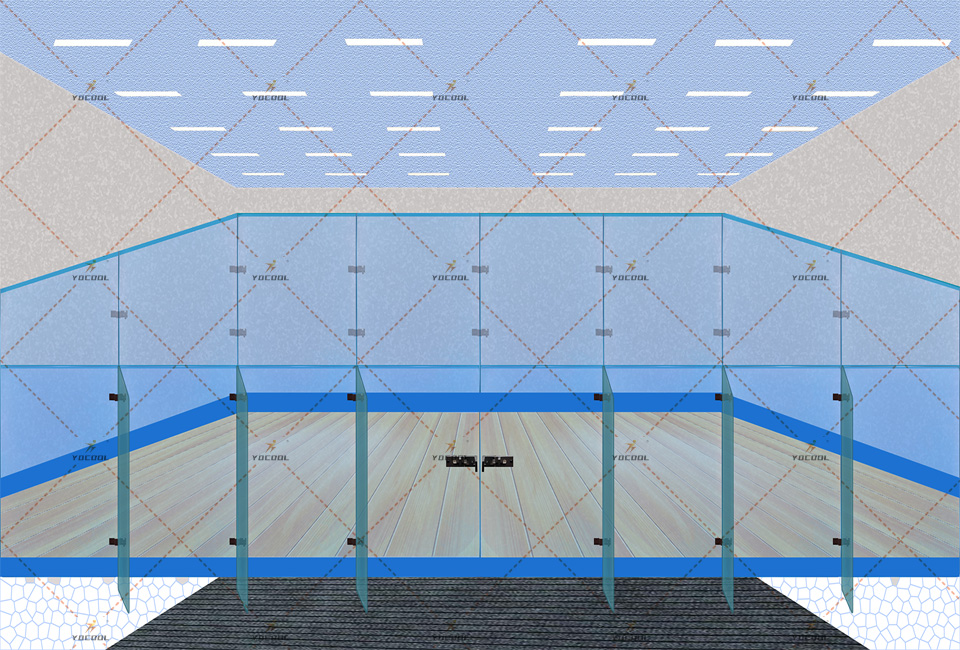

The Rise of Indoor Padel Courts in China A Growing Trend
In recent years, China has witnessed a surge in the popularity of padel, a racquet sport that blends elements of tennis and squash. As this exciting sport continues to capture the attention of sports enthusiasts across the country, the development of indoor padel courts has become increasingly significant. This trend not only promotes the game but also fosters a unique social environment that can benefit players of all ages and skill levels.
Understanding Padel
Padel is played on an enclosed court that is smaller than a traditional tennis court, using solid, perforated walls. The game is typically played in doubles, making it highly social and accessible. Its relatively easy learning curve allows novices to join in with experienced players, creating a community atmosphere that is hard to find in many other sports. In addition to its recreational appeal, padel also offers a robust workout that improves physical fitness and coordination.
The Growth of Padel in China
The roots of padel can be traced back to Mexico in the 1960s, and since then, it has evolved into a popular global sport. In China, the sport gained traction in urban areas where space is often limited, making indoor facilities an appealing option. Clubs and sports facilities across major cities like Beijing, Shanghai, and Guangzhou have begun to invest in the construction of indoor padel courts to cater to the growing demand.
China's burgeoning middle class, coupled with an increasing interest in lifestyle sports, has fostered a conducive environment for the growth of padel. Young professionals and families are looking for engaging activities that can be enjoyed throughout the year, regardless of weather conditions. Indoor padel courts offer the ideal solution, providing a consistent playing environment that can help maintain the sport’s popularity.
Benefits of Indoor Padel Courts
The establishment of indoor padel courts offers numerous benefits. Firstly, these facilities can promote all-year-round play, eliminating weather-related cancellations common with outdoor courts. Players can enjoy their favorite sport regardless of rain or extreme heat, which is particularly relevant in China’s diverse climate.
In addition, indoor courts can enhance the overall playing experience. Equipped with proper lighting, climate control, and flooring specifically designed for the sport, these venues can improve players' performance while reducing the risk of injury. The controlled environment also allows for better maintenance of the courts, ensuring consistent playing conditions.

Furthermore, indoor padel courts can serve as social hubs. They can host tournaments, coaching sessions, and community events that foster camaraderie among players. Such activities not only promote the sport but also encourage physical activity and healthier lifestyles.
Economic Implications and Opportunities
As indoor padel courts proliferate, they also create new economic opportunities. Investment in these facilities not only generates jobs but can also boost local businesses through increased foot traffic. Restaurants, cafes, and sports shops often benefit from the influx of players and spectators visiting the courts.
Moreover, the popularity of padel may attract international investments, as global brands and companies look to tap into China’s expanding market. Partnerships for branding, sponsorships, or organizing international padel tournaments can elevate China’s status in the global padel community, stimulating further interest and participation.
Challenges and the Road Ahead
Despite the promising outlook, the growth of indoor padel courts in China does face some challenges. Awareness of the sport is still relatively low compared to more traditional games like basketball or badminton. To sustain momentum, there is a need for effective marketing campaigns and grassroots efforts to educate the public about the benefits and enjoyment of padel.
Furthermore, the initial investment for constructing indoor courts can be substantial, which may pose a barrier for some facility owners. However, working with local governments and sports organizations can help alleviate some of these financial burdens and encourage more widespread development.
Conclusion
In conclusion, the emerging trend of indoor padel courts in China represents a significant development in the country’s sporting landscape. As the sport grows in popularity, these facilities are likely to play a crucial role in fostering community and enhancing the overall experience of players. With continued support and investment, padel could become a staple in China’s diverse array of recreational activities, promoting health, fitness, and social interaction for generations to come.
High-Performance Industrial Flooring Solutions China Paddle Tennis Court for Sale
High-Performance Industrial Flooring Solutions Durable & Cost-Effective
Homogeneous Transparent Floor – Durable & Stylish Rubber Floor Solutions
Premium Homogeneous Transparent Floor for Durable & Stylish Spaces Rubber Floor Solutions
Premium Sports Floor Solutions Durable PVC Sports Floor & Rubber Floor for Gyms
Durable Rubber Composite Floor Premium Rubber Floor & Mats Solutions